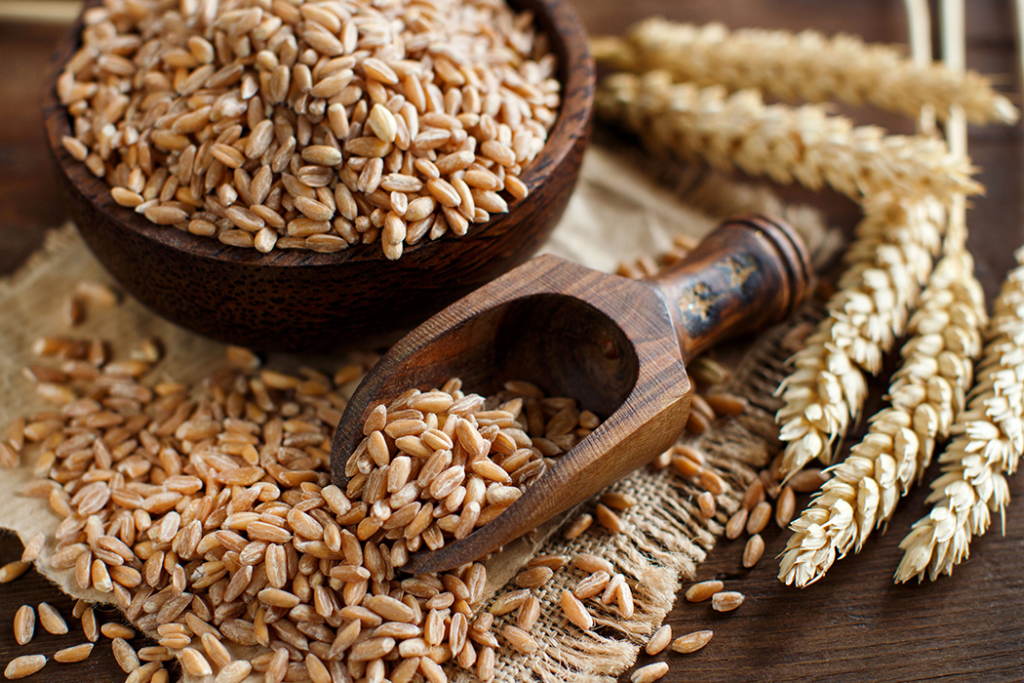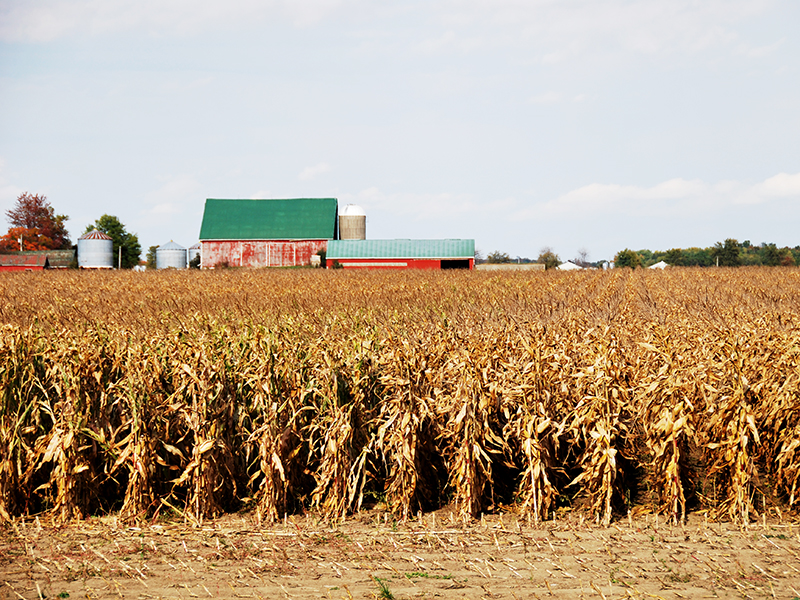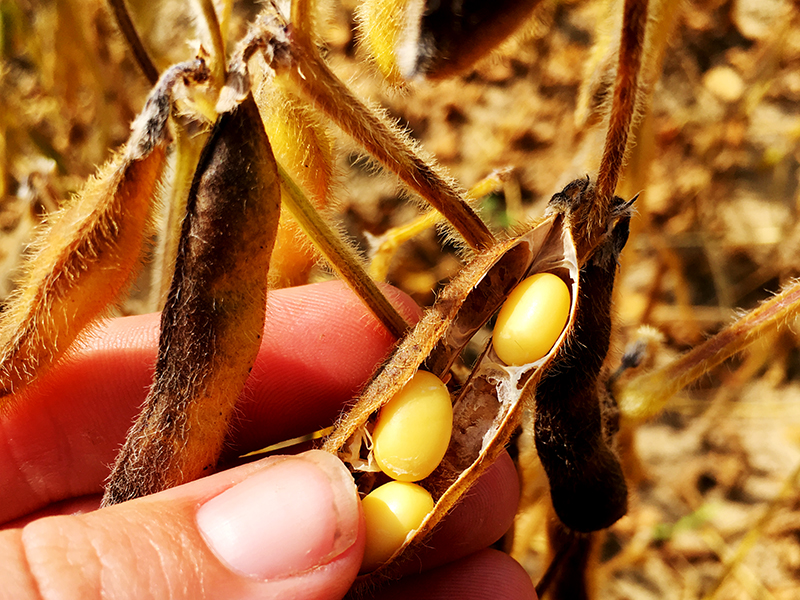Nutrition FAQs

Frequently asked questions about incorporating grains into your diet:
Should I be worried about high fructose corn syrup?

High-fructose corn syrup (also glucose-fructose) is a corn-derived liquid sweetener that is chemically similar to table sugar. High-fructose corn syrup is a popular alternative to sucrose in processed foods because it is stable in acidic foods and beverages. It is not meaningfully different in composition or metabolism from other fructose-glucose sweeteners, such as sucrose, honey, and fruit juice concentrates. Both high-fructose corn syrup and table sugar are made of glucose and fructose, and deliver four kcal per gram.
No single food is the cause of obesity. Rather, obesity is a multifactorial condition that takes diet, exercise, genetics and environment into account. In general, caloric intake has increased significantly since 1970, which is an important driver of this trend. Additionally, while per capita consumption of high-fructose corn syrup has declined in recent years, obesity rates continue to rise. There are also epidemics of obesity and diabetes in areas where little or no high-fructose corn syrup is available, like Mexico, Australia, and Europe).
We do know, however, that too much of any type of added sugar (not just high-fructose corn syrup) can contribute unwanted calories that are linked to health problems, such as weight gain, type 2 diabetes, metabolic syndrome and high triglyceride levels. All of these boost your risk of heart disease. For health concerns, it’s advised to cut back on added sugar, regardless of the type.
For more about high fructose corn syrup and your health, read High fructose corn syrup in detail: what does the science say?
What are the health benefits of eating soy foods? Are there any risks?

In March 2015, Health Canada approved a health claim linking the consumption of soy foods with lowering cholesterol levels. In the USA, the Food and Drug Administration approved a similar claim in 1999. Soybeans are high in quality protein, and like meat, they contain every essential amino acid. While soy is higher in fat than other legumes, they mainly contain “good” monounsaturated and polyunsaturated fats (including omega-3 fatty acids), and they contain no cholesterol.
Soy foods are generally an excellent source of calcium and iron, and soy also contains isoflavones, which are antioxidants that may have additional health benefits.
There are many myths about soybean consumption; however, there is no real evidence to suggest that soy has any adverse effect on thyroid hormones, causes breast cancer, or causes fertility problems in men.
For more about soy foods and your health, read Soy foods in detail: what does the science say?
Why should I eat more whole grains?

Whole grains aren’t just delicious: they have been shown to reduce the risk of heart disease, diabetes, and some cancers, while aiding in healthy digestion.
Whole grains (like wheat, corn, barley and oats) are made up of three components: the bran, the germ and the endosperm. The bran is the outer layer of the grain, which contains fibre as well as some vitamins and minerals. The germ is the part of the grain that supports the growth of a new plant, and it is rich in healthy fats, vitamins, and minerals. Finally, the endosperm contains mainly starch (carbohydrate), as well as some protein, vitamins and minerals.
Eating whole grain means that all three parts of the grain are present, so you get all of the beneficial nutrients from all three parts of the grain, including fibre, vitamins, and minerals. Foods that have been refined (such as white pasta and white flour) have had some or all of the bran and germ portions of the kernel removed. Although some vitamins and minerals get added back through enrichment, whole grains contain more fibre and nutrients than their refined counterparts. In fact, whole grains are so important that Eating Well with Canada’s Food Guide recommends that at least half of your grain choices every day be whole grain.
Canada’s Food Guide suggests 25% or 1/4 of your plate should be grain-based! Looking for ideas on how to fill the grain part of your plate? Try choosing whole wheat options when buying bread, wraps, pasta or crackers!
Do I need to avoid gluten in my diet?

Gluten is a type of protein that’s found in wheat, rye, barley and foods made from these grains. It gives elasticity to baked goods, which provides the chewy texture that we all know. Gluten in made of two smaller proteins, called gliadin and glutenin. Gliadins and glutenins are the two main components of the gluten fraction in wheat.
Celiac disease is a disorder where gluten, the protein found in wheat and other cereals, damages the surface of the small intestine. Because of this effect, people with celiac disease must avoid products that contain gluten. The Canadian Celiac Association estimates that 1 in 133 Canadians are affected by celiac disease. The Whole Grain Council tells us that an additional 0.2% to 0.4% of the population may be allergic to wheat and, another 1-6% of the population may have non-celiac gluten sensitivity.
The gluten-free diet is meant for people who have an allergy or intolerance to wheat or gluten, but it has become increasingly popular as a weight loss strategy. There is no scientific evidence to link wheat or gluten to weight loss. Weight problems are not the fault of one food (or in this case one specific protein found in some foods); it’s total diet and lifestyle that matter.
People who do not have these symptoms or these medical conditions do not need to remove gluten from their diet. About 25 per cent of consumers report buying gluten free foods, many needlessly. Gluten-free foods are often more expensive, less healthy (more sugar, refined ingredients, fat and salt), and more processed than other staple foods.
For more information about gluten in your diet, read Gluten: what does the science say?
